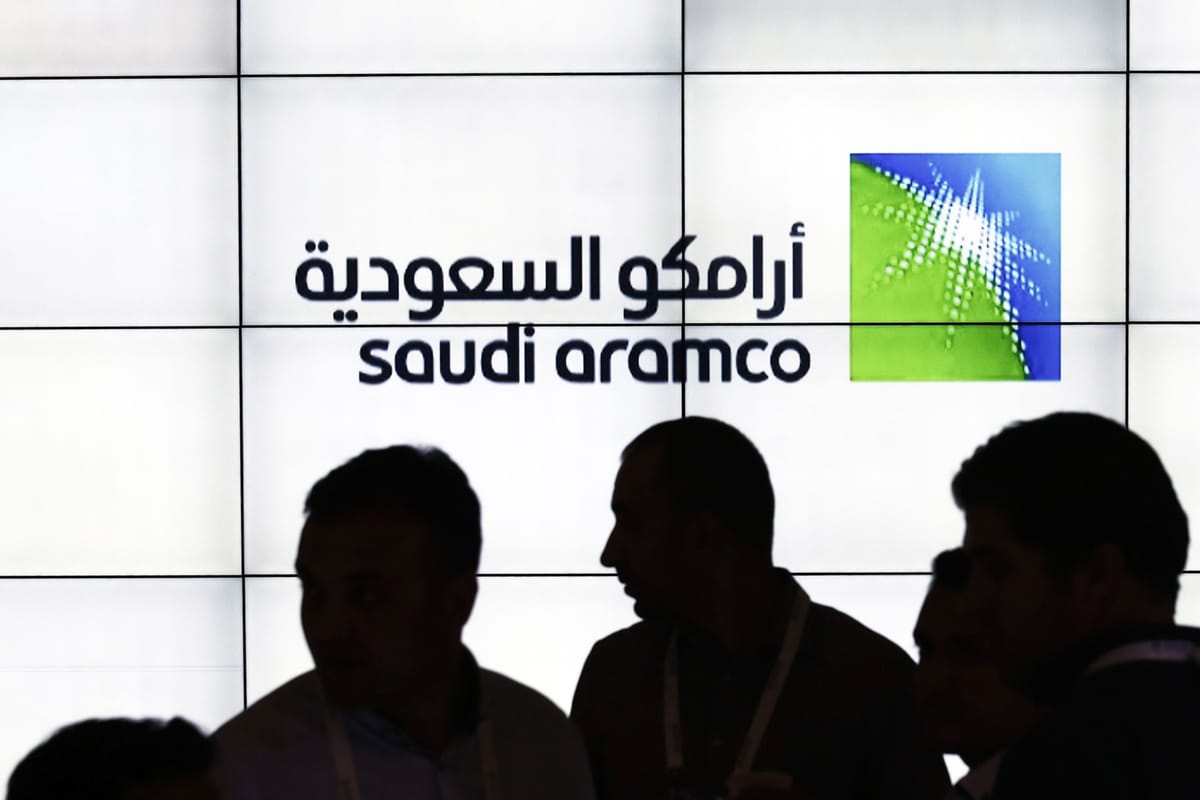Aramco has allocated an additional $4bn to its global venture capital arm, Aramco Ventures.
It will more than double the capital allotted to Aramco Ventures, increasing its total investment allocation from $3bn to $7bn.
It will take Aramco’s overall venture capital allocation to $7.5bn, which also includes the $500m venture capital fund Wa’ed Ventures that focuses on the start-up ecosystem in Saudi Arabia.
Aramco Ventures funding boost
The decision reflects the growing significance of Aramco’s venture capital program in enabling the development of disruptive new technologies, creating diversification opportunities for Aramco, and paving the way for collaborations with innovative start-ups.
In doing so, it aims to help advance the company’s long-term strategy, which includes a focus on:
- New energies
- Chemicals and transition materials
- Diversified industrial businesses
- Digital technologies
Ahmad Al Khowaiter, Aramco Executive Vice President of Technology and Innovation, said: “Innovation is key to addressing some of the fundamental challenges facing the world today, including the energy transition.

“Through Aramco Ventures, we aim to support pioneers with big ambitions, and ultimately help bring their ideas to life.
“By injecting an additional $4bn in funding over the next four years, we intend to provide the financial backing required to take game-changing solutions to the next level.
“This will provide crucial impetus to businesses at various stages of development around the world, while also contributing to Aramco’s own long-term objectives.”
Prior to the new capital allocation, Aramco Ventures managed three funds. These are
- A Digital/Industrial Fund, which stood at $500m, investing in technologies of strategic importance to Aramco
- The Prosperity7 Fund with $1bn, investing in disruptive technology ventures beyond the energy sector
- A Sustainability Fund, which stood at $1.5b and invests in start-ups with the potential to support Aramco’s ambition to achieve net-zero Scope 1 and Scope 2 greenhouse gas emissions across its wholly-owned and operated assets by 2050






